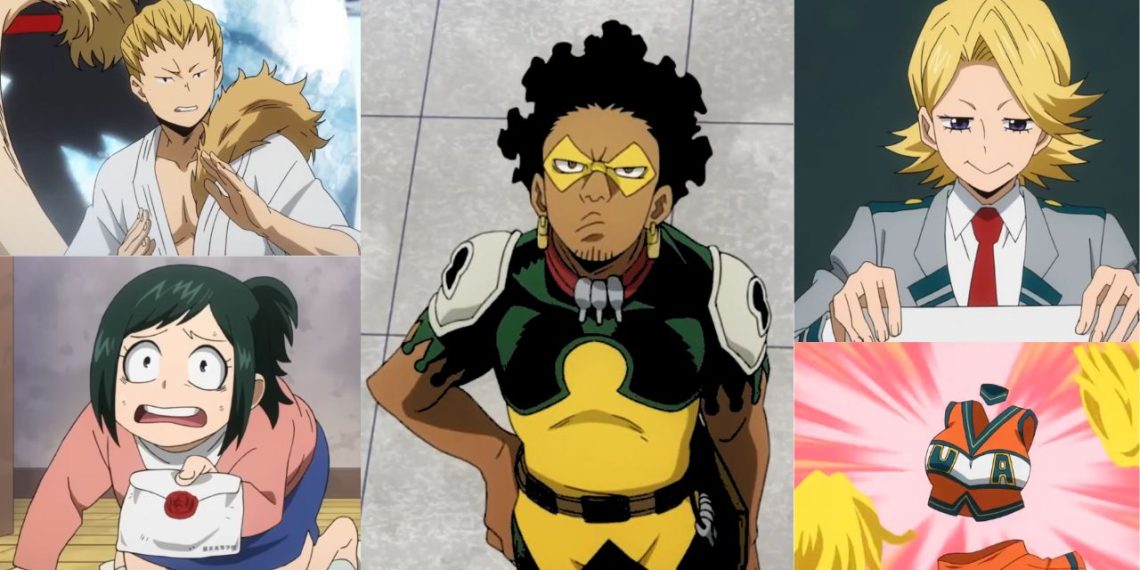In the dynamic universe of My Hero Academia, Quirks reign supreme, defining the abilities and potential of their wielders.
While iconic powers like One For All and New Order shine brightly, there exists a vast spectrum of Quirks, ranging from awe-inspiring to seemingly mundane.
Often overshadowed by their more illustrious counterparts, these weaker Quirks bear the weight of low self-esteem and societal expectations, with their effectiveness in combat or hero work questioned.
Despite their perceived limitations, many individuals with these modest Quirks persevere, driven by a determination to defy the odds and prove their worth in a world dominated by superhuman abilities.
From pro heroes to aspiring UA students, they showcase resilience and creativity, harnessing their talents to overcome challenges and contribute meaningfully to society.
In this hierarchy of Quirks, the true measure of a hero lies not in the grandeur of their power, but in the strength of their spirit and the lengths they are willing to go to protect others.
1) Fourth Kind’s Quad Arms
Fourth Kind, a pro hero introduced during the internship story arc in My Hero Academia, left a relatively unimpressive impression compared to other heroes.
With his Quad Arms Quirk, which grants him two extra arms, Fourth Kind’s appearance may suggest enhanced combat capabilities.
However, his utilization of the Quirk was underwhelming, as he prioritized menial tasks over engaging in battles, sternly demanding Eijiro and Tetsutetsu to clean up trash instead.
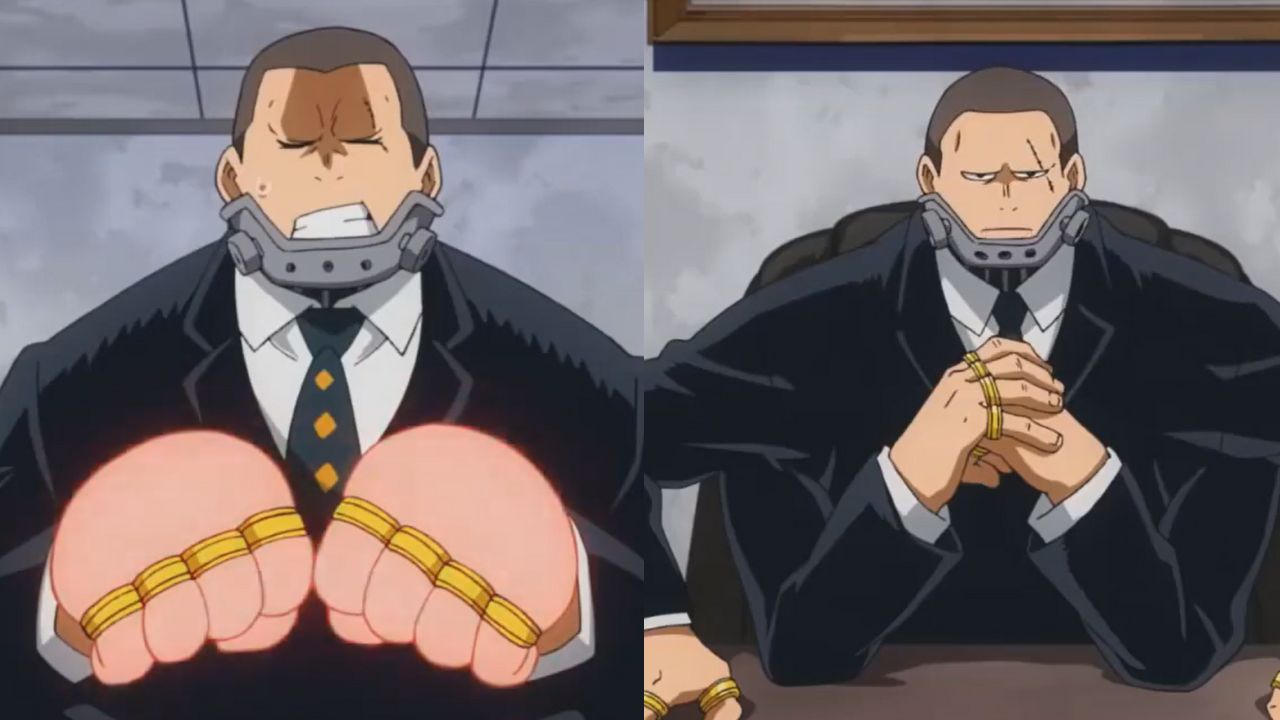
Despite his unique Quirk granting him additional appendages, Fourth Kind’s lack of notable feats or displays of strength relegated him to the role of an overbearing boss rather than a formidable hero.
His emphasis on tasks unrelated to heroism underscored the limitations of his abilities and the disparity in effectiveness among pro heroes introduced in the series’ internship arc.
2) Rock Lock’s Lock Down
Rock Lock, a skilled pro hero, demonstrates proficiency in utilizing his Lock Down Quirk, which allows him to immobilize objects in place, even in midair.
While Lock Down rewards resourceful thinking in battle and can be moderately useful in certain scenarios, its effectiveness is limited by its susceptibility to being nullified by sufficient force.
In high-stakes fights against formidable villains like Overhaul or Tomura Shigaraki, Rock Lock’s Quirk proves inadequate, as it offers little defense against their overwhelming power and abilities.
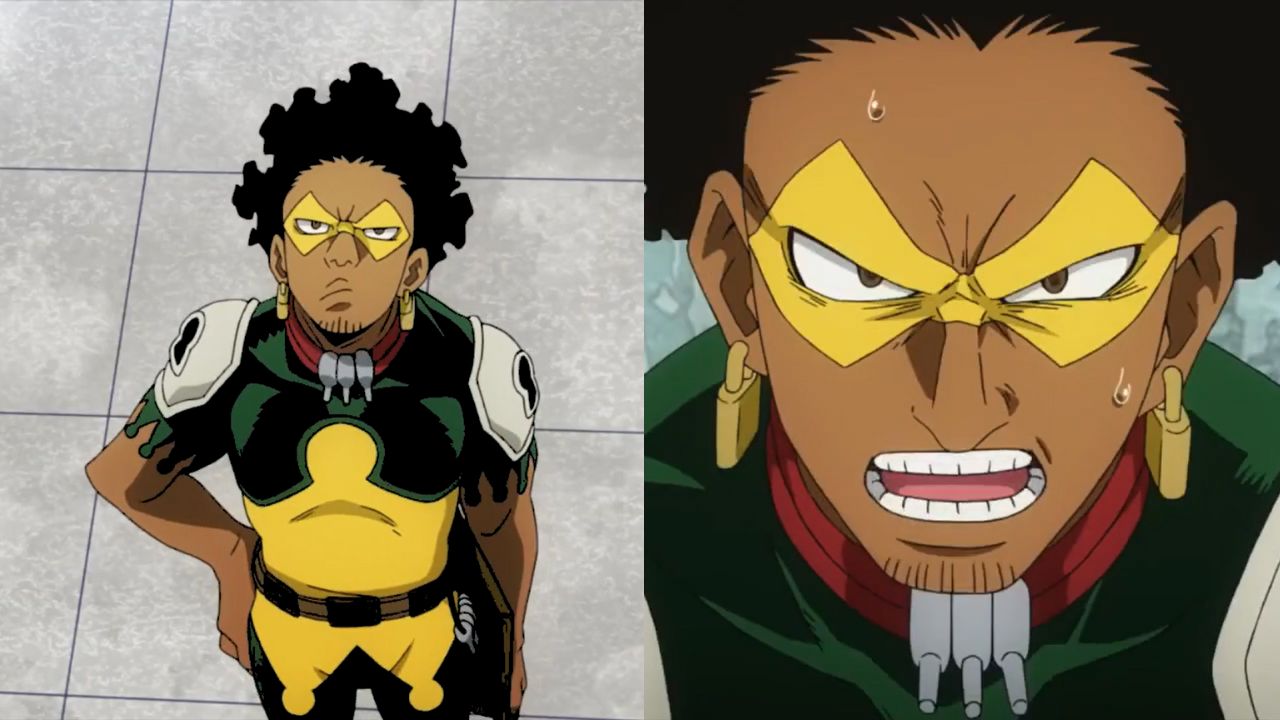
During the Shie Hassaikai raid, Rock Lock’s contributions were modest at best, and he faced defeat at the hands of the enemy.
This vulnerability was exploited by Himiko Toga, who seized the opportunity to imitate him, further highlighting the limitations of Rock Lock’s Quirk in combat situations.
Despite his skills and dedication as a pro hero, Rock Lock’s reliance on a Quirk that can be easily neutralized underscores the challenges faced by heroes in confronting adversaries of greater strength and prowess.
3) Sen Kaibara’s Gyrate
In the joint training exercise between class 1-A and class 1-B, Sen Kaibara from class 1-B failed to leave a lasting impression with his Gyrate Quirk.
Despite its potential to rapidly rotate his body parts like drills, transforming himself into a living weapon, Sen underperformed and ultimately found himself captured by his opponents.
While Gyrate may seem reminiscent of powerful characters with living weapon traits seen in other anime series, such as Mr. 1 in One Piece or Denji in Chainsaw Man, Sen’s Quirk lacks the same level of potency and impact, rendering him largely forgettable in the midst of the exercise.
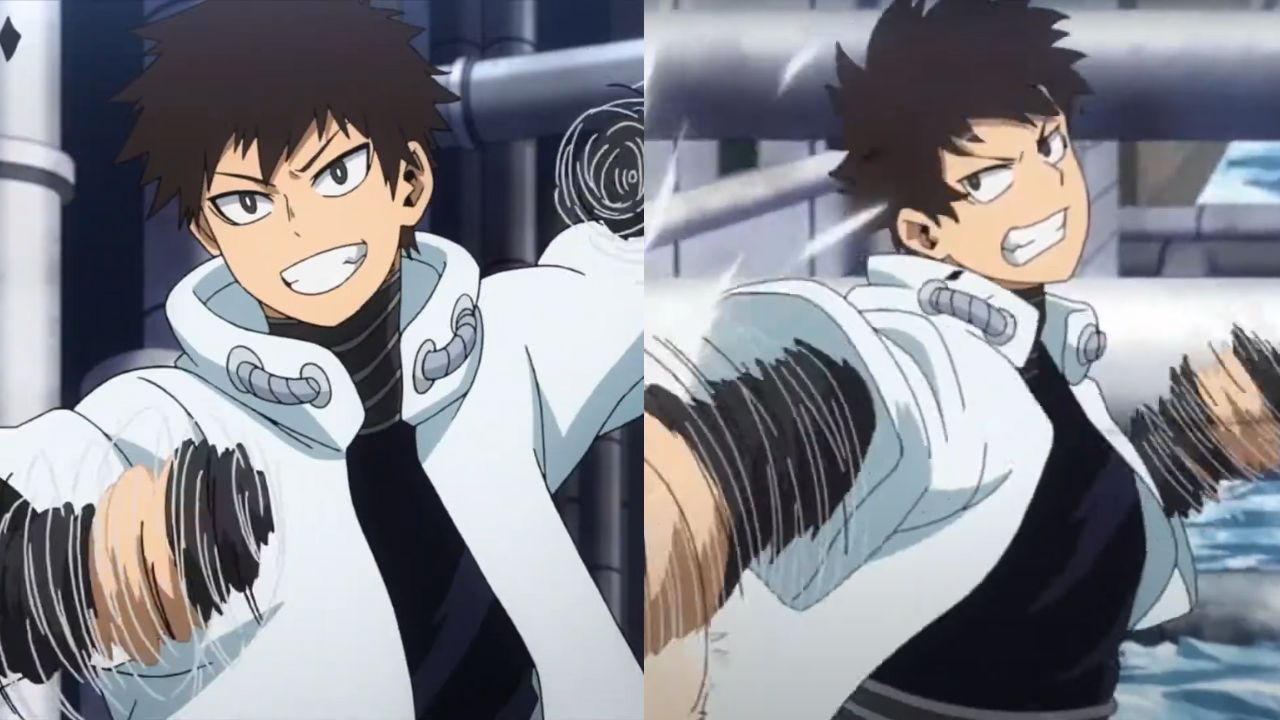
The lackluster display of Sen’s Gyrate Quirk in the joint training exercise underscores the disparity in strength and effectiveness among class 1-B’s students.
While some, like Mushroom and Comic, showcased potent Quirks that caught class 1-A off guard, others like Sen failed to make a significant impact, highlighting the variability in abilities within both classes and the importance of strategy and adaptability in combat situations.
4) Tatami Nakagame’s Telescopic
While the provisional hero license exam introduced formidable non-UA students like Inasa Yoarashi and Yo Shindo, others like Tatami Nakagame fell short in terms of combat effectiveness.
Tatami’s Telescopic Quirk allows her to retract her torso, limbs, and head into her body, akin to a tortoise retracting into its shell or a telescope collapsing.
However, despite its unique nature, Telescopic offers limited utility in battle, primarily enabling Tatami to dodge attacks without providing significant offensive capabilities or synergizing with other Quirks.
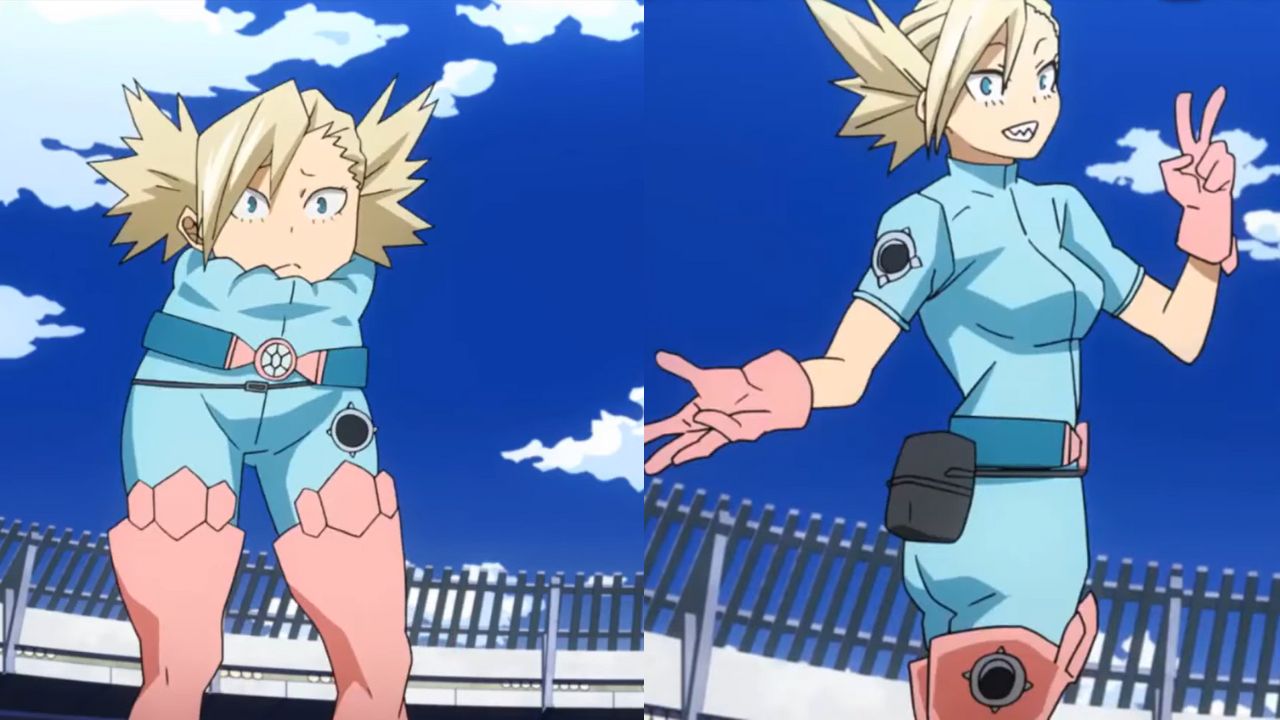
The shortcomings of Tatami’s Telescopic Quirk highlight the challenges faced by some non-UA students in competing with their UA counterparts, many of whom possess more versatile and combat-oriented abilities.
While Tatami’s Quirk may have niche applications for evasion, its inability to contribute substantially to offensive strategies may have contributed to her inability to stand out in the competitive environment of the provisional hero license exam.
5) Sirius’s Good Ear
Introduced in a filler episode of My Hero Academia, Sirius is depicted as the friendly assistant to the aquatic pro hero Selkie, accompanying Tsuyu Asui during her internship.
While Sirius possesses the Good Ear Quirk, which aids in communication with Selkie and detecting nearby individuals, its practical utility is limited to minor benefits.
Despite its moderate usefulness, the Quirk’s function is deemed redundant with existing technology, diminishing its significance within the hero world.
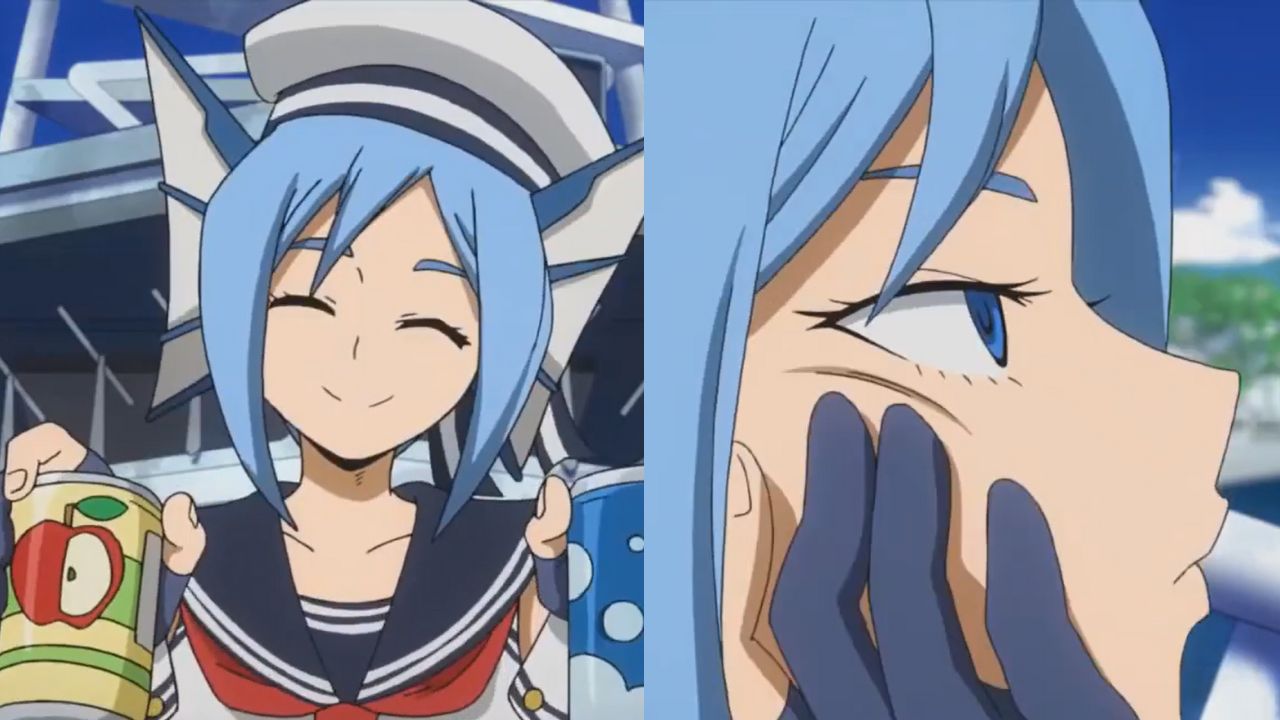
Although Good Ear allows Sirius to assist Selkie in various tasks and communication efforts, its inability to contribute significantly to combat further diminishes its importance.
The portrayal of Sirius in the filler episode highlights the challenges faced by sidekick characters whose Quirks may not offer the same level of prowess or versatility as those of prominent heroes, often relegating them to supporting roles rather than active participation in battle.
6) Mei Hatsume’s Zoom
Despite being a skilled inventor attending UA, Mei Hatsume’s Zoom Quirk may not be as essential to her abilities as initially believed.
Evidence from the series suggests that another genius inventor, the Quirkless Melissa Shield, is capable of inventing similar items without the benefits of Zoom.
This raises questions about whether Mei relies too heavily on her Zoom Quirk and may be overlooking her own inherent talents and skills.
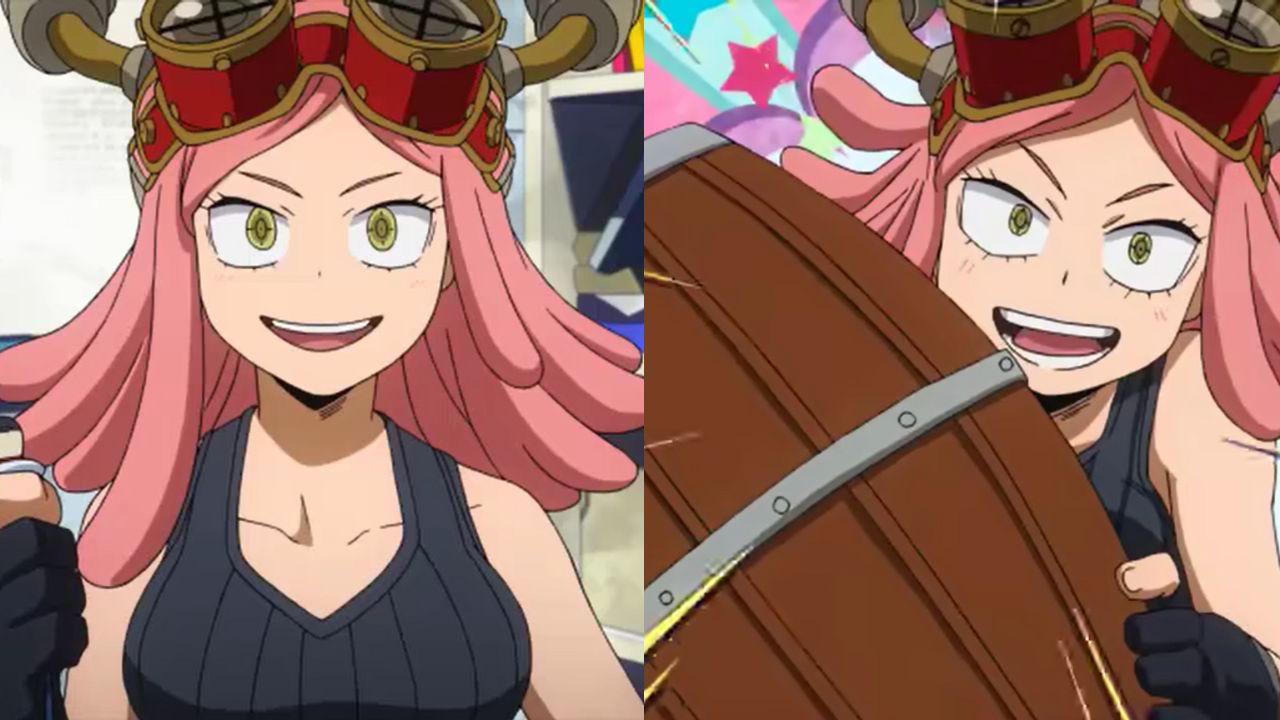
While Zoom allows Mei to function as organic microscopes and telescopes, its practical utility may be overshadowed by existing equipment available to inventors like her.
The implication that Mei could potentially achieve the same feats as the Quirkless Melissa in the lab without relying on Zoom highlights the possibility that she may be underestimating her own capabilities and becoming overly dependent on her Quirk.
7) Yosetsu Awase’s Weld
Despite its potential for creative problem-solving in a support role, Yosetsu Awase’s Weld Quirk has failed to leave a significant impression thus far in My Hero Academia.
While Weld allows its user to fuse objects together like a welder, as demonstrated when aiding Momo Yaoyorozu in attaching a tracking device to a retreating Nomu, its practical utility in combat situations has been limited.
Despite Yosetsu’s pride in his Quirk, it proved insufficient in facing formidable opponents like Katsuki Bakugo’s team during the joint training exercise, highlighting its shortcomings in pro hero work.
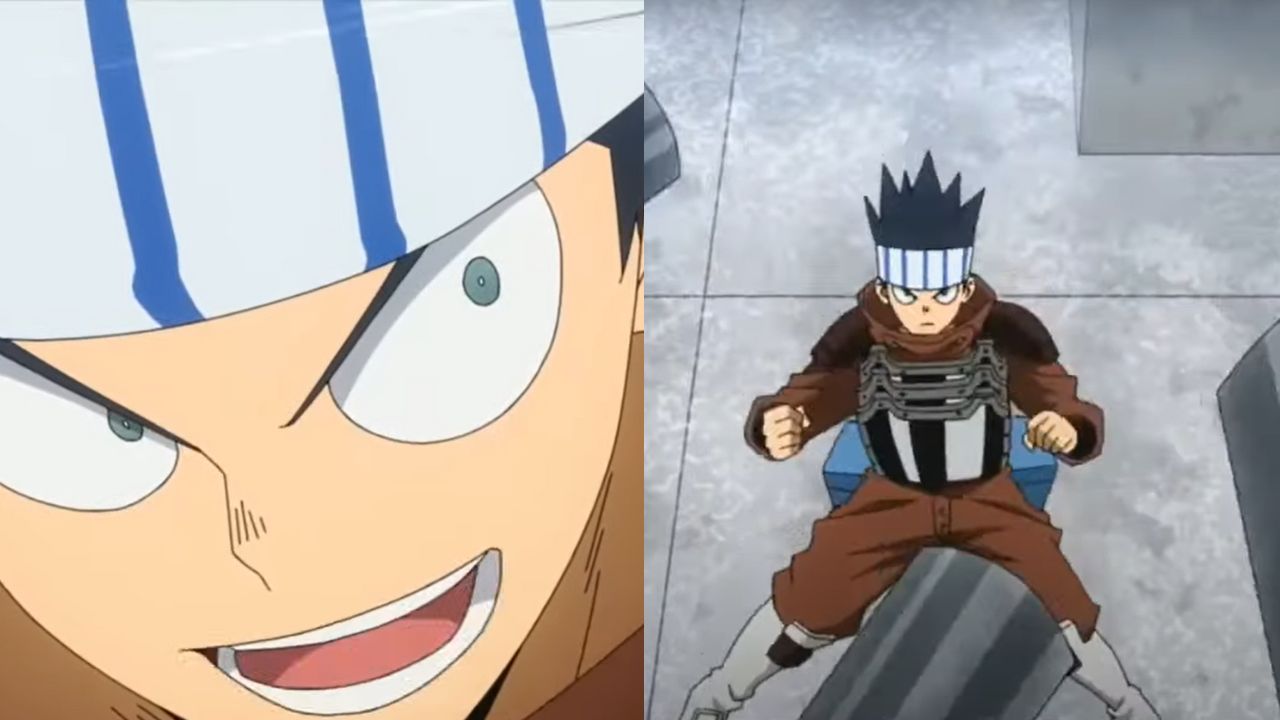
Although Weld may find more utility in civilian applications, its underwhelming performance in combat scenarios underscores the challenges faced by individuals with Quirks better suited for support roles.
While My Hero Academia often emphasizes the importance of diverse abilities and creative thinking in heroism, certain Quirks like Weld struggle to make a notable impact in the midst of power-centric battles.
8) Gunhead’s Gatling
Despite his intimidating appearance, Gunhead is a pro hero committed to protecting society with kindness and friendliness.
He played a pivotal role in Ochaco Uraraka’s development by teaching her his unique martial arts style, providing her with an advantage in her confrontation with the villain Himiko Toga in the forest.
However, this remains Gunhead’s sole significant contribution to the storyline, as his Gatling Quirk fails to boost him to the ranks of prominent heroes.

Gunhead’s Gatling Quirk allows him to fire a rapid barrage of keratin projectiles, akin to a gatling gun. While this ability provides suppressive fire, it falls short in terms of strength and versatility compared to other Quirks in the series.
As a result, Gunhead’s presence in My Hero Academia is overshadowed by heroes with more powerful abilities, leaving him with limited impact on the story beyond his role in Ochaco’s training.
9) Bubble Girl’s Bubble
Bubble Girl, introduced as Sir Nighteye’s teenage sidekick in Season 4 of My Hero Academia, brought charm to the expanding roster of characters.
However, her limited presence in the story was partly due to the story’s focus on protagonists like Deku and Mirio, as well as the underwhelming nature of her Quirk.
Named simply Bubble, her ability allows her to create bubbles of varying scents, primarily serving as a distraction tool in capturing enemies.
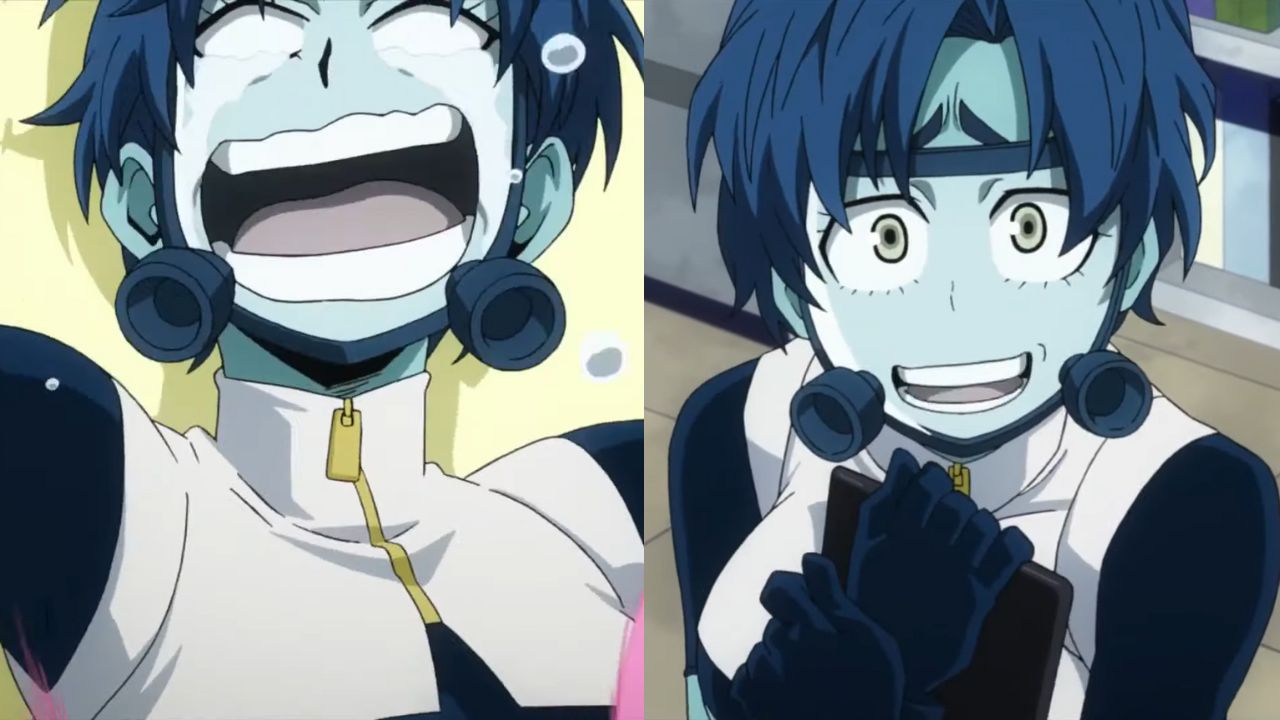
Despite its potential as a support Quirk, Bubble fails to deliver significant impact, rendering Bubble Girl’s contributions to the main storyline minimal.
While Bubble Girl’s presence added depth to the hero world, her lack of notable actions or dialogue reflected the limitations imposed by her weak Quirk.
In a universe where Quirk strength often determines a hero’s effectiveness, Bubble’s underwhelming capabilities left Bubble Girl sidelined, unable to showcase her full potential within the series’ main story arc.
10) Yuga Aoyama’s Navel Laser
Yuga Aoyama’s Navel Laser Quirk, akin to Cyclops’ laser eyes from X-Men, is a ranged attack ability that requires specialized equipment for control.
However, the necessity of such gear raises questions about the practicality and reliability of the Quirk in combat situations.
The significant physical strain it imposes on Yuga limits its effectiveness and diminishes his ability to utilize it consistently, resulting in a lack of major victories attributed to the Quirk.
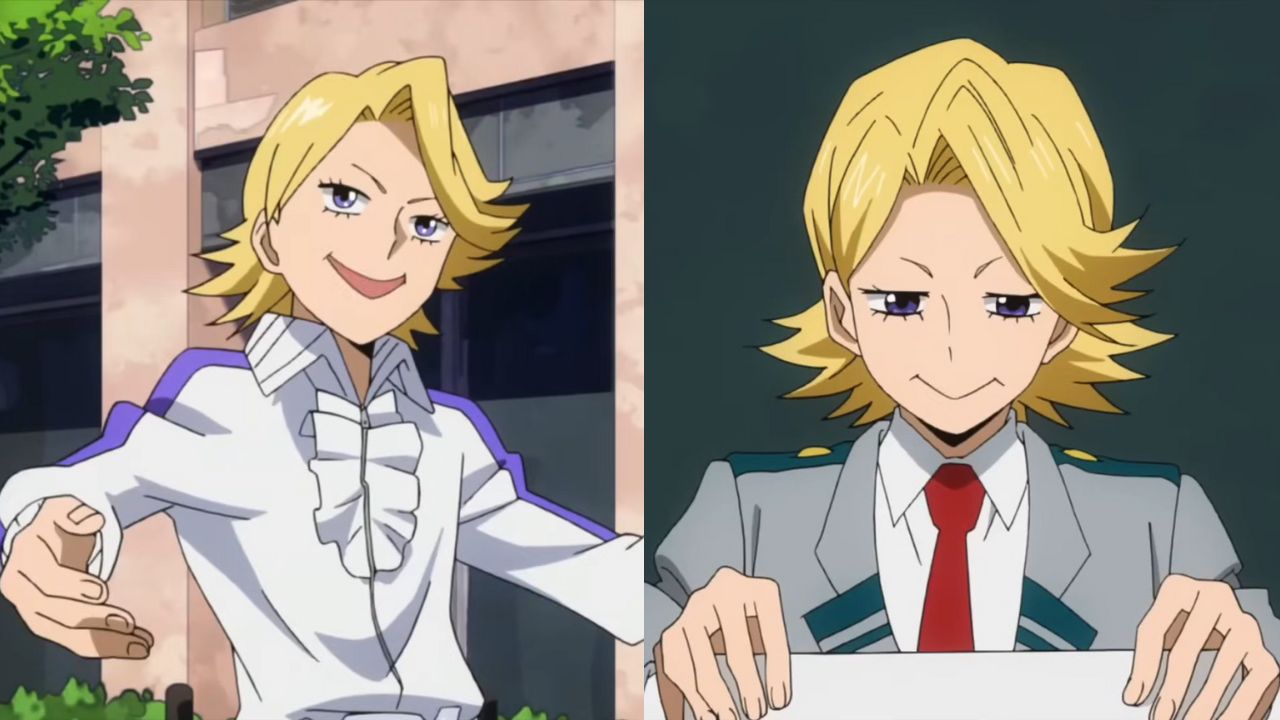
Despite its drawbacks, Yuga has demonstrated some ingenuity in utilizing his Navel Laser Quirk, such as creating diversions with its dazzling light during the provisional hero license exam.
However, its utility and impact pale in comparison to other long-range Quirks within his class, highlighting the challenges faced by heroes relying on specialized abilities with inherent limitations.
11) Spinner’s Gecko
Spinner, a member of the League of Villains and the Paranormal Liberation Front, is renowned not for his combat prowess but as a symbol of societal injustice against heteromorphs.
Despite his affiliation with notorious villain organizations, Spinner’s limited combat abilities render him less of a threat compared to other formidable antagonists like Dabi and Muscular.
Instead, he serves as a poignant representation of the struggles faced by heteromorphs in a world where Quirks dictate one’s worth.
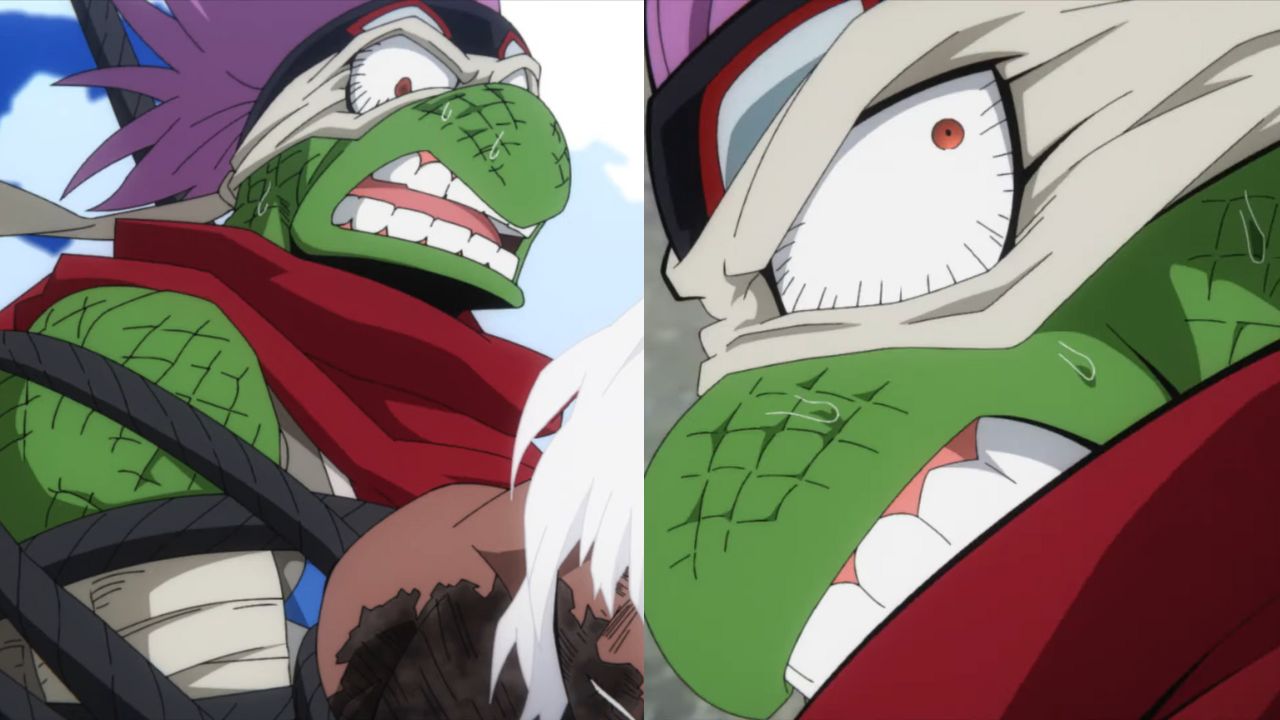
His Quirk, Gecko, grants him the appearance and climbing abilities of a man-gecko, but falls short in comparison to other animal-themed Quirks like Tsuyu Asui’s Frog Quirk.
While Gecko may have influenced Spinner’s life as an outcast, its practical utility in his villainous endeavors remains minimal.
Despite his shortcomings in combat, Spinner’s role as a symbol of societal discrimination adds depth to his character and highlights the complexities of the My Hero Academia universe.
12) Toru Hagakure’s Invisibility
Toru Hagakure, the cheerful invisible girl of class 1-A, possesses an Invisibility Quirk that serves as more of a comedic element than a formidable tool for heroism.
While she demonstrates some creative uses for her ability, such as stealth maneuvers facilitated by her minimalist hero costume, her lack of major victories and the story’s tendency to use her Quirk for humor relegate her to a secondary role within the story.
Despite her potential for stealth operations, other heroes like Edgeshot showcase more versatile and powerful applications of stealth, diminishing the significance of Toru’s invisibility in the hero world.
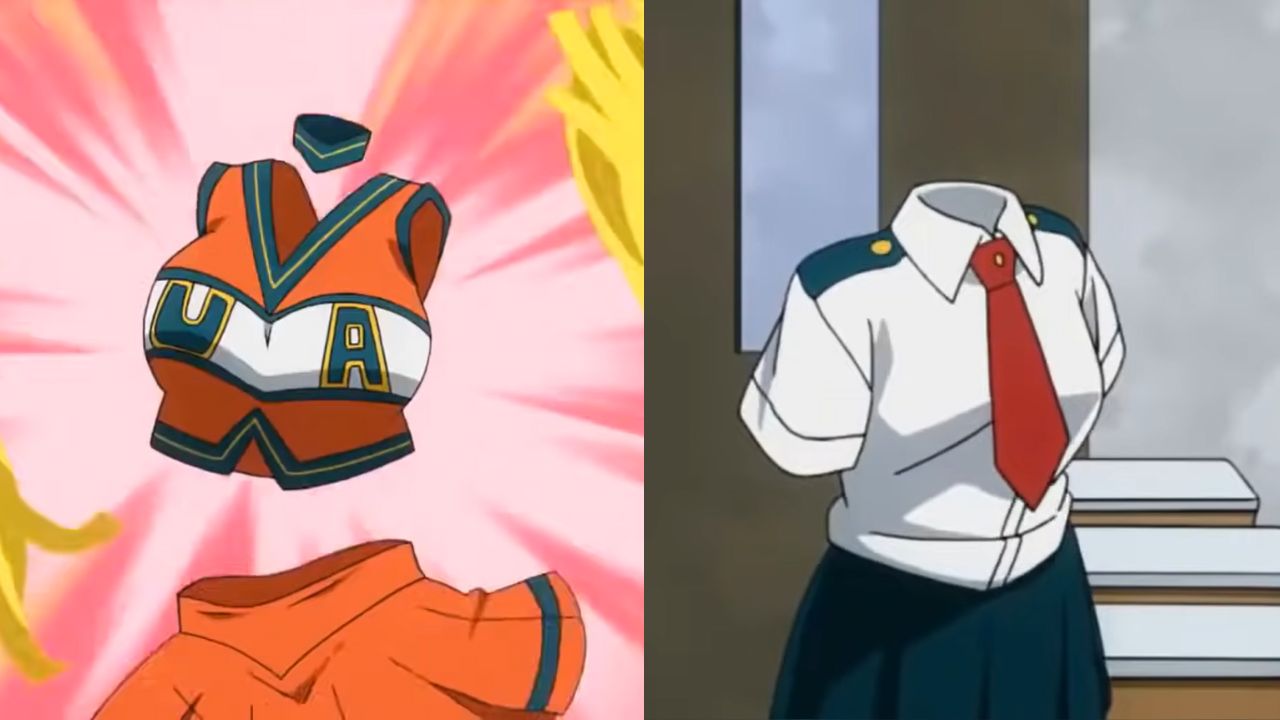
The limitations of Toru’s Quirk, notably the inability to toggle it on and off, present challenges both in her hero endeavors and personal life.
The perpetual invisibility poses difficulties in social interactions and familial relationships, as even her own parents have never laid eyes on her.
While her invisibility adds a unique dynamic to her character, it also underscores the struggles and drawbacks associated with certain Quirks within the My Hero Academia universe.
13) Inko Midoriya’s Object Attraction
Inko Midoriya’s Quirk, unofficially dubbed Mild Object Attract, is a minor ability that allows her to pull smaller items towards her hand.
However, its limited utility and impracticality in daily life render it largely insignificant. While it serves as a contrast to her Quirkless son Izuku, its minimal impact on the story and lack of development relegate it to the background of My Hero Academia’s story.

Primarily serving as a means to highlight Izuku’s journey as a Quirkless individual in a world filled with superpowers.
Inko’s role in the story revolves around providing emotional support to her son rather than showcasing her own Quirk abilities.
Despite its presence as a minor detail, Inko’s Quirk underscores the diversity of Quirks within the series and the varied roles they play in shaping characters and their relationships.
14) Mashirao Ojiro’s Tail
Mashirao Ojiro, despite his dedication and martial prowess showcased through his Tail Quirk, has often found himself overshadowed within class 1-A.
While his ability to utilize his tail as a versatile appendage demonstrates his commitment to honing his skills, its limited functionality in combat and inability to synergize effectively with other Quirks has left fans questioning his placement among his peers.
Despite his karate-themed hero costume and commendable efforts to utilize his tail as a fifth limb, Mashirao’s lack of standout moments and strategic versatility have contributed to his underwhelming presence within the class.
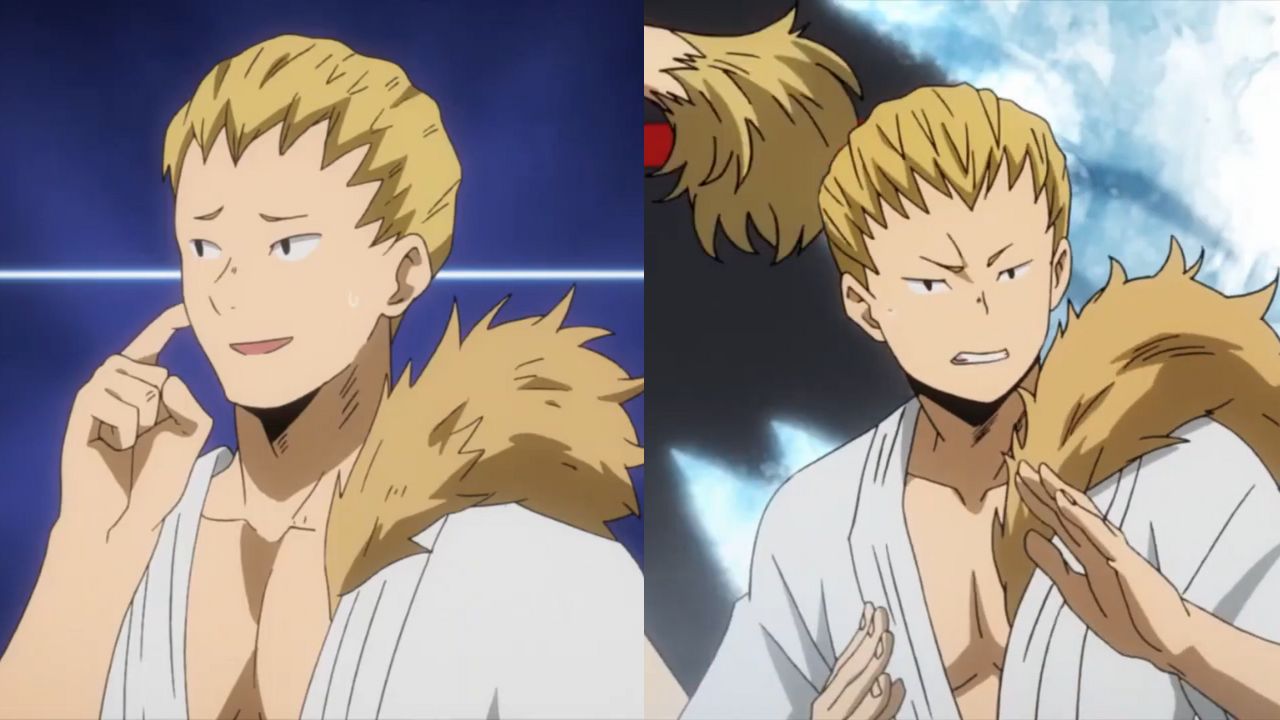
In a world where the strength and versatility of one’s Quirk often determine success, Mashirao’s reliance on a singular, melee-oriented ability highlights the challenges faced by individuals with more specialized powers.
While his dedication to training is undeniable, the inability of his Tail Quirk to offer diverse utility or synergistic potential raises questions about his suitability for the rigorous environment of class 1-A and the demanding world of heroism in My Hero Academia.
15) Mustard’s Gas
While a Quirk that produces gas may initially seem formidable due to its intangible nature, its effectiveness can be hindered by significant drawbacks.
Mustard, despite his pivotal role in the forest training arc, faced challenges that underscored the limitations of his Gas Quirk.
The necessity of wearing a gas mask for survival revealed a critical vulnerability, highlighting the lack of inherent immunity that some Quirk users possess.
The reliance on conventional weapons like a revolver for defense exposed the Quirk’s shortcomings in providing physical protection, especially if the user can be easily tracked within the gas cloud.
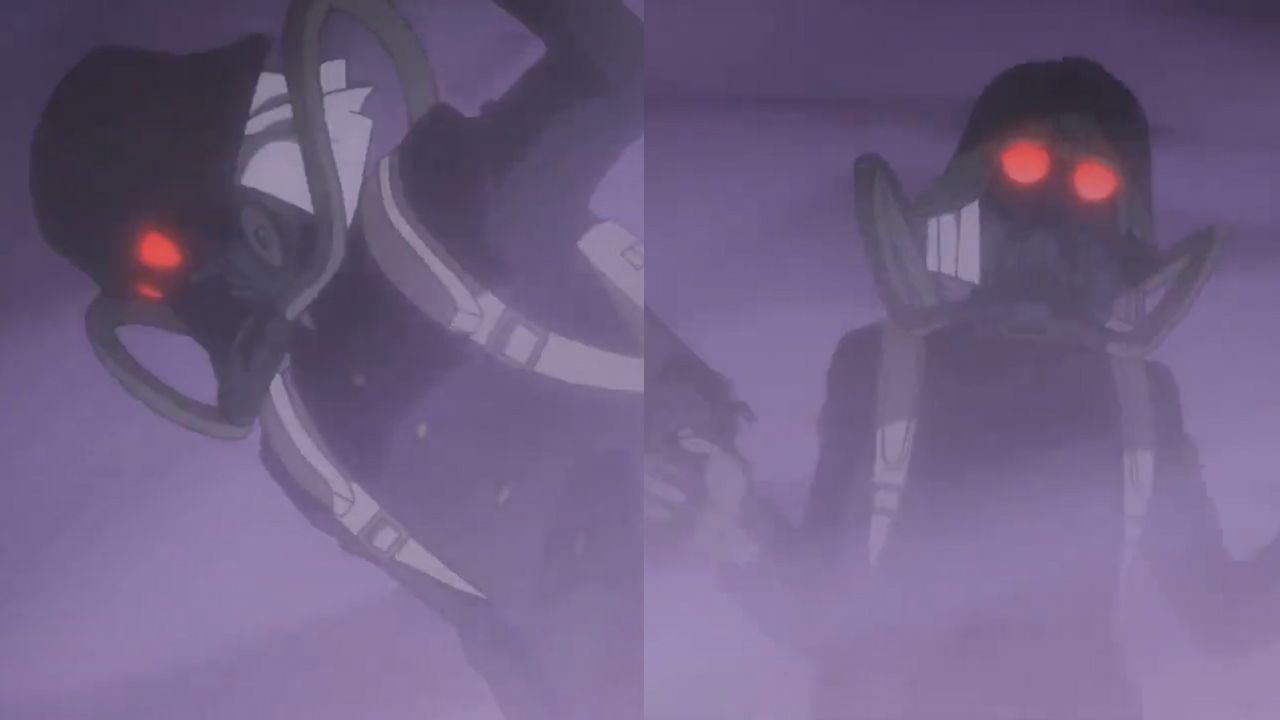
The case of Mustard illuminates the complexities of Quirk utilization and the importance of strategic adaptation in combat scenarios.
While seemingly potent on the surface, Quirks with inherent weaknesses or dependencies on external factors may struggle to maintain viability against adept opponents.
Mustard’s experience serves as a cautionary tale, prompting reflection on the balance between Quirk capabilities and practical limitations in the pursuit of heroism or villainy.

